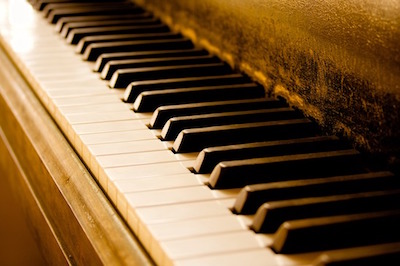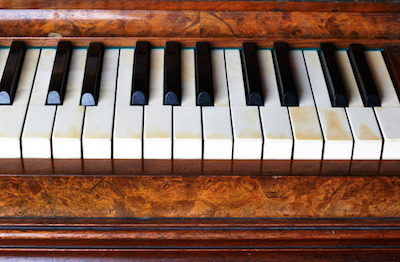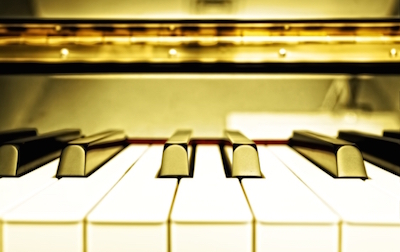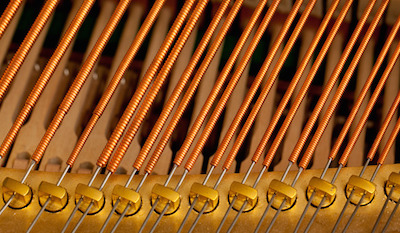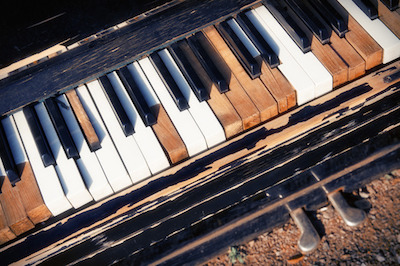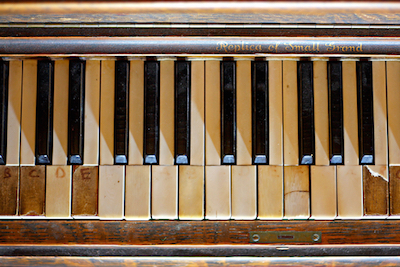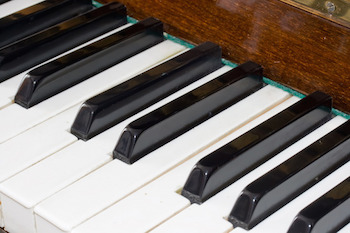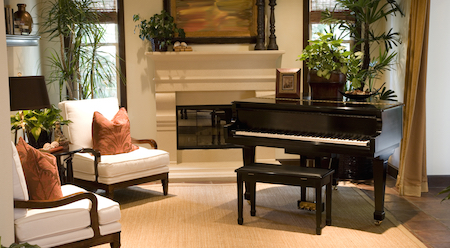Have you ever started to play your piano, only to discover the keys feel a little off? As your fingers move from key to key, something appears to be not quite right.
What you may be feeling is a leveling issue.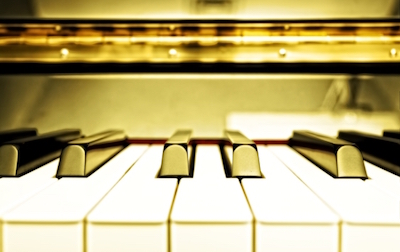
A properly regulated piano is one that has the keys perfectly level from one side of the keyboard to the other. When keys are correctly leveled, the pianist should find no noticeable difference in height as his or her fingers glide across the keytops. Also, no keys should stand out as being visibly higher or lower than the one next to it.
If the keys on your piano are not level, they need to be adjusted.
Keytops are leveled by the insertion of paper punchings of exact size between the wooden balance rail the keys rock on while being played, the felt balance rail punchings that cushion the keys.
Depending on the type of piano and the technician making the adjustments, one of several tools will be used to bring the keys up to level. Each note will be checked to determine how high or low it is compared to the desired height. Then punchings will be added or subtracted to bring it to a proper level.
After each addition, key height will be checked to determine if it’s at its proper height.
Sharp keys are leveled as well in a similar manner. Sharp keys, in general, are ½ inch higher than naturals. Fine paper punchings are used to ensure they are level from one end to another.
Think your keys may need leveling? Give us a call today.
